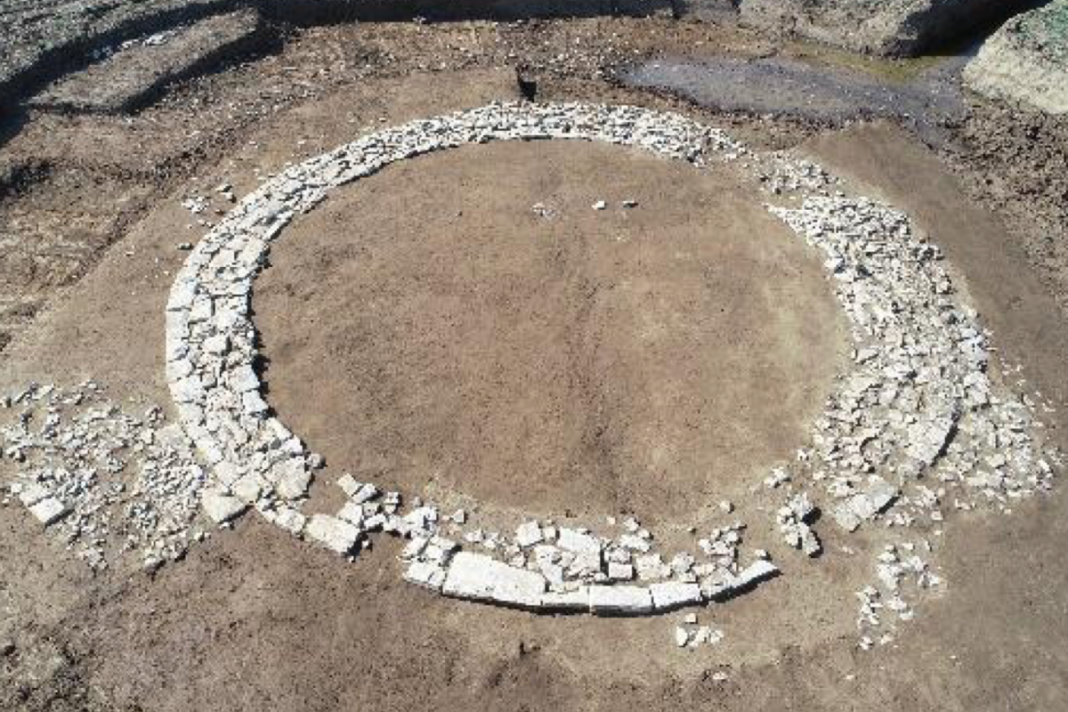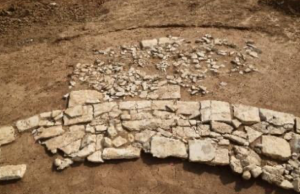Key Takeaways
- Archaeologists discovered a 12m-wide circular Roman-era tomb in Bavaria
- The elaborate stone structure was completely empty with no skeletons or artifacts
- Experts call it an “extremely rare” find that may represent Celtic burial revival
Archaeologists in Bavaria have uncovered what they describe as an “extremely rare” circular Roman-era burial mound that has left them puzzled by its complete emptiness. The monumental stone structure was found during construction work next to an ancient Roman road in Eichstätt.
The Remarkable Discovery
Excavations revealed a particularly remarkable 12-meter-wide circular structure with carefully fitted stones, confirming it as a Roman burial mound or tumulus. This type of funerary monument has rarely been documented in the former Roman province of Raetia.
The most baffling aspect was the tomb’s contents – or lack thereof. Archaeologists described the interior as showing “yawning emptiness” with no signs of skeletons or grave goods. This has led researchers to speculate it might have been a symbolic grave or cenotaph built as a memorial to commemorate someone buried elsewhere.
“The tomb was both a place of remembrance and an expression of social status… We hadn’t expected to discover a funerary monument of this age and size here,” said Mathias Pfeil, curator general of the Bavarian State Office for Monument Preservation.
Historical Significance
Researchers noted that while several Roman burial sites are known from the Augsburg region, tumuli with stone ring walls of this scale are exceptionally rare in the area. The discovery challenges previous understanding of Roman burial practices in this province.
Central Europe and Italy had a long tradition of such burial mounds, with similar structures appearing in northwestern Roman provinces from the first century AD onward. However, most previously discovered burial mounds in the region date to the older Bronze and Iron Ages.
Celtic Connections
The stone base walls seen in this excavation appear to follow later Mediterranean models, suggesting a deliberate revival of pre-Roman, particularly Celtic, burial customs. The location directly beside a known Roman-era road leading from Nassenfels into the Altmühl Valley, combined with its proximity to a Roman country estate, supports this interpretation.
Experts conclude that the Roman tomb of Wolkertshofen holds special importance for future research on Roman life in Bavaria, potentially revealing new insights into cultural exchanges and burial traditions at the edge of the Roman Empire.





